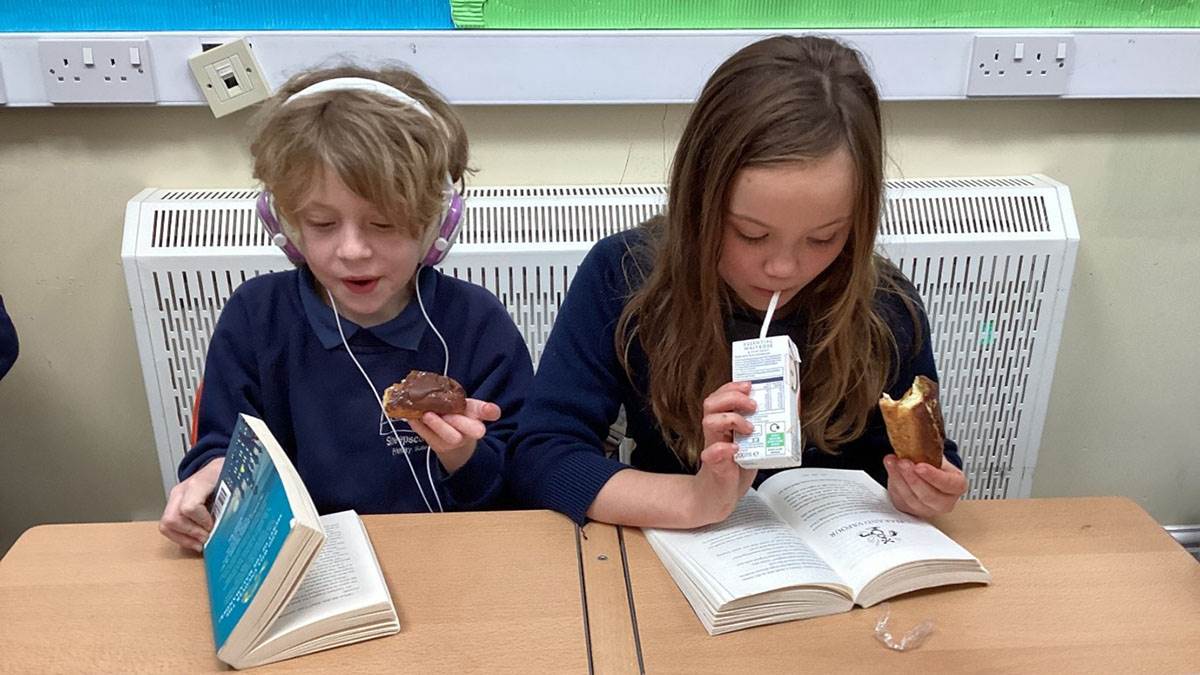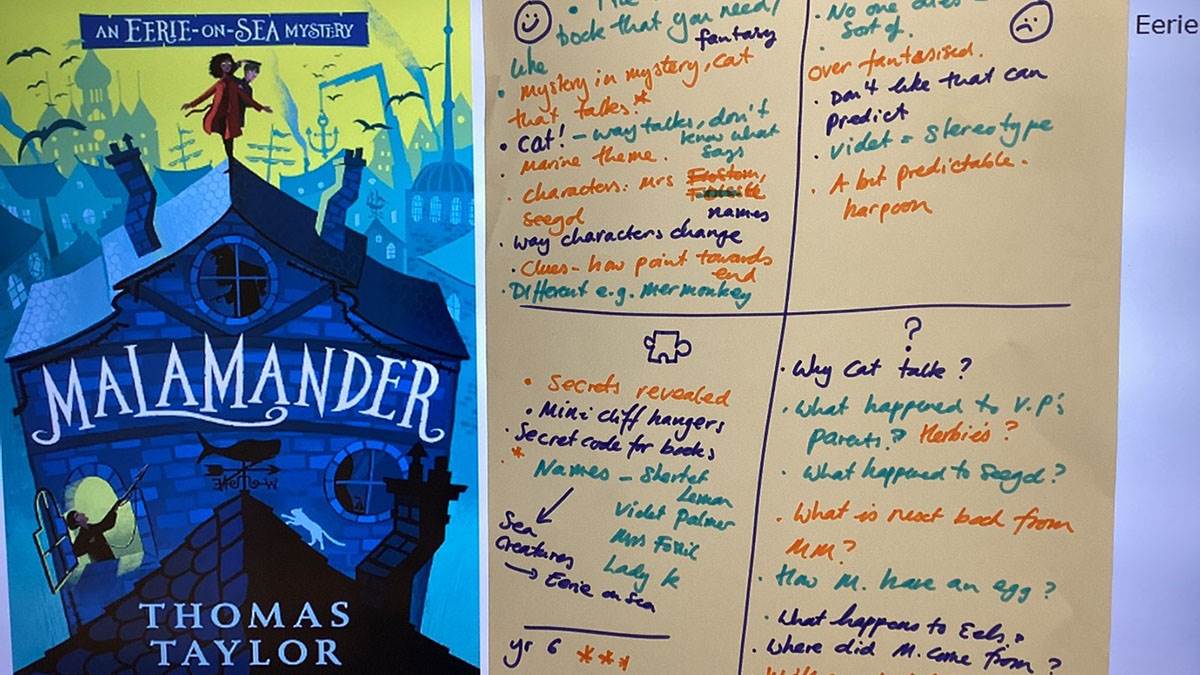Running a book club: The club meeting
Published on: 07 December 2023

We usually start a meeting with children talking about their personal reading. It used to be the case that children asked me for new titles, but increasingly the children listen to each other's advice: book clubs help to create a reading culture in your school.
We have very few rules in the Mad Hatters, but one is that no one has to read aloud unless they want to. In the early years, certain children dominated the reading or I read. This has been transformed by the use of 'tune in, tune out'.
If you have not come across this method before, it works like this. Someone, perhaps you, will start reading and then a member of the group simply takes over. You would think that this would result in everyone speaking at once, but what happens is a natural reading flow where one child simply takes over from the other. Children who never had the confidence to read aloud before now chip in, the reading is spread between a far larger group, and the children's sense of ownership increases.

In his book The Rights of the Reader, Daniel Pennac states again and again that children (and adults) want to engage with texts, to discuss and live them, they just don't want to feel that these discussions are being imposed on them or, even worse, that texts are simply vehicles for testing.
Book clubs create the environment for productive book talk. I use lots of open-ended questioning to start discussion and debate about character, language, comparison with other books and so on to promote book talk within each session.
The children have the confidence to ask their own questions and make points without prompting because that's what we do. There are times when I just sit back and listen! The format and atmosphere of a book club meeting, in my experience, allows many children who will not contribute in the classroom to find their voice. In my setting, I have seen lower Key Stage 2 children significantly below age-related expectations (ARE) develop skills that have allowed them to reach ARE or exceed them.

The overarching structure of this discussion comes from Aidan Chambers' book Tell Me (Thimble Press, 2011). In a nutshell, Chambers sets out four questions to engage discussion: what you like; what you don't like; puzzles and patterns in a book; and the questions you are left with.
I use this structure within a session, but also when we come to the end of a book. Saying "goodbye" to a book properly is just as important as saying "hello"!





